- A Track Cycling, often referred to as a velodrome, is a specialized facility designed for track cycling races.
- These tracks feature steeply banked oval or circular tracks with smooth surfaces, facilitating high-speed cycling competitions.
- Cyclists ride specialized bikes called track bikes, which lack brakes and have a fixed gear ratio, ensuring thrilling and fast-paced races.
- Cycling tracks come in various sizes and configurations, ranging from indoor to outdoor facilities, accommodating different levels of competition.
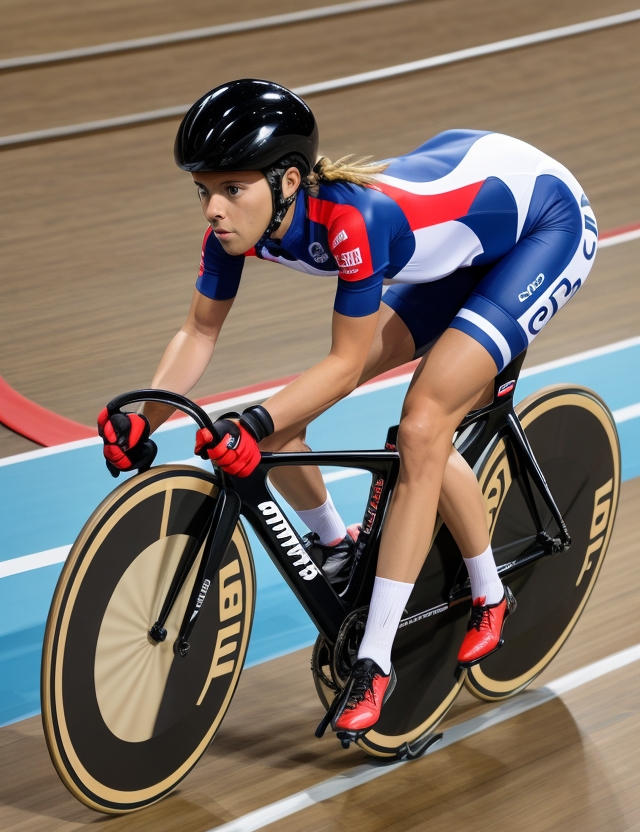
- They serve as hubs for both professional and amateur cyclists, offering opportunities for training, racing, and community engagement.
- Cycling tracks promote fitness, skill development, and camaraderie among cyclists of all ages and abilities.
- These venues often host a variety of events, including sprint races, endurance races, and pursuit events, showcasing the diversity of track cycling disciplines.
- Cycling tracks play a crucial role in the development of cycling talent and the promotion of the sport on both local and international levels.
- Accessible to riders and spectators alike, cycling tracks provide an exciting environment for experiencing the thrill of competitive cycling firsthand.
- Whether you’re a seasoned cyclist or a curious newcomer, exploring a cycling track offers an exhilarating and rewarding experience for all enthusiasts.
How does the track cycling work in 2024?
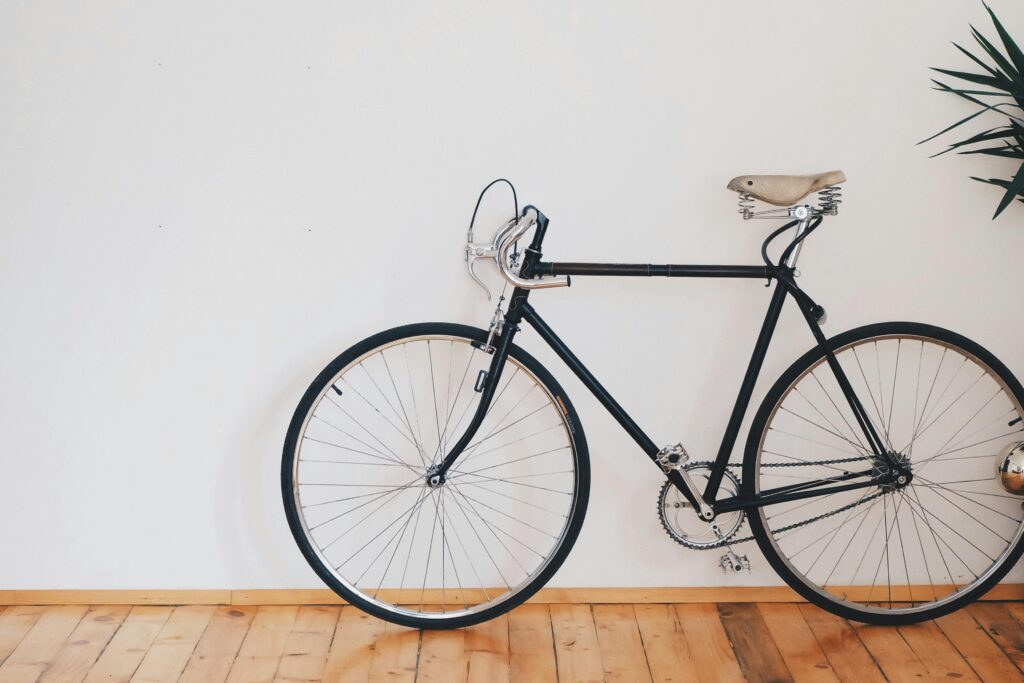
- Velodrome Dynamics: Track cycling events take place on velodromes, featuring banked oval or circular tracks. These tracks are engineered to facilitate fast-paced and thrilling races.
- Specialized Bikes: Cyclists utilize track bikes optimized for speed and maneuverability. These bikes typically lack brakes and have a fixed gear ratio, ensuring constant pedaling motion.
- Racing Formats: Track cycling encompasses various racing formats, including sprint races, endurance events, and pursuit races. Each format presents unique challenges and demands different skill sets from athletes.
- Strategic Racing: Track cycling requires strategic thinking and tactical maneuvering. Cyclists employ drafting techniques to conserve energy and strategically position themselves for crucial race moments.

- Rulebook and Regulations: The sport adheres to strict rules and regulations governing equipment, conduct during races, and penalties for rule violations. Compliance with these rules ensures fair and safe competition.
- Global Competitions: Track cycling is featured prominently in international competitions such as the Olympics, World Championships, and World Cups. These events showcase the world’s top cyclists competing for prestigious titles.
- Training and Preparation: Athletes undergo rigorous training regimes to excel in track cycling. Training includes a blend of endurance rides, sprint drills, strength training, and race simulations to optimize performance.
- Technological Advancements: In 2024, track cycling may see advancements in equipment technology, training methodologies, and race strategies, enhancing the sport’s competitiveness and excitement.
- Safety Measures: Safety remains a top priority in track cycling. Athletes wear protective gear, and velodromes are equipped with safety features to minimize the risk of accidents and injuries.
- Growing Popularity: Track cycling continues to attract a global audience and inspire participation at all levels. Its combination of speed, strategy, and spectacle captivates fans and athletes alike, ensuring its enduring popularity in 2024 and beyond.
what are the rules for track cycling in 2024?
As of 2024, the rules for track cycling remain governed by the Union Cycliste Internationale (UCI), the international governing body for the sport of cycling. While the fundamental rules and regulations may not have changed significantly, it’s essential to note that specific regulations and guidelines may be updated periodically by the UCI to ensure the safety and fairness of competitions. Here are some of the key rules for track cycling in 2024

| Equipment Regulations | The UCI sets strict guidelines for the type and specifications of equipment used in track cycling, including bicycles, helmets, clothing, and accessories. These regulations aim to ensure fairness, safety, and uniformity among competitors. |
| Race Formats | Different track cycling events have specific rules governing race formats, distances, and procedures. For example, sprint races may involve qualifying rounds, head-to-head matchups, and tactical positioning, while endurance races may include points races, scratch races, and timed events. |
| Racing Conduct | Track cyclists must adhere to rules regarding fair play, sportsmanship, and conduct during races. Actions such as obstructing opponents, deviating from the racing line, or dangerous riding can result in penalties or disqualification. |
| Race Starts and Finishes | Races begin with controlled or mass starts, depending on the event, and typically end when a rider or team crosses the finish line first or completes the designated distance in the case of timed events. The timing and scoring of races are conducted according to precise protocols to determine winners and rankings accurately. |
| Track Etiquette | Track cyclists must observe proper etiquette when riding on the velodrome, including maintaining a consistent racing line, signaling intentions to other riders, and yielding to faster competitors when appropriate. |
| Officials and Referees | UCI-certified officials and referees oversee track cycling events to enforce rules, ensure safety, and adjudicate disputes. Their decisions are final and binding, and they have the authority to impose penalties for rule violations. |
| Anti-Doping Regulations | Track cyclists are subject to strict anti-doping regulations enforced by the UCI and international anti-doping agencies. Athletes must adhere to anti-doping protocols, submit to drug testing, and comply with therapeutic use exemptions (TUEs) for authorized medications. |
| Technical Regulations | The UCI establishes technical regulations governing aspects such as track design, velodrome specifications, timing systems, and safety standards to ensure the integrity and fairness of competitions. |
Is track cycling a Olympic sport in 2024?
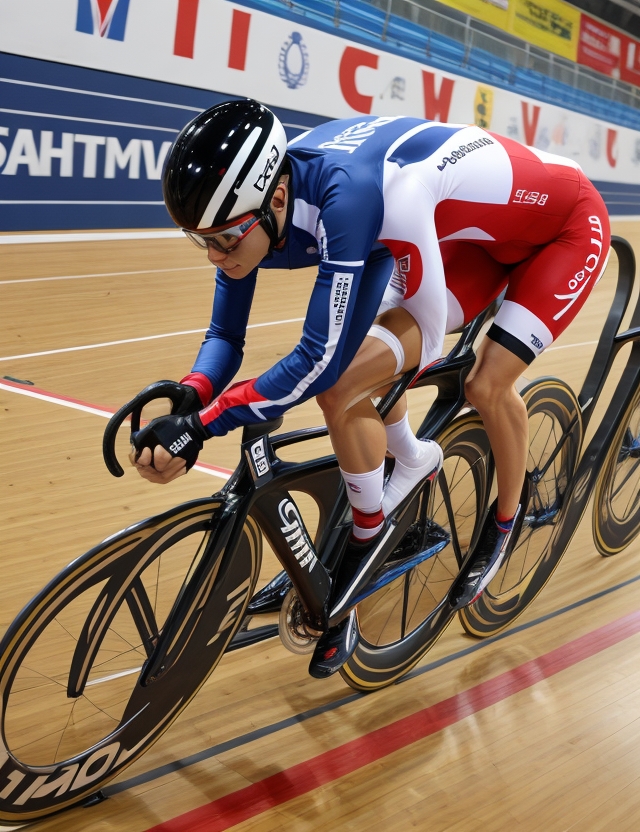
Yes, track cycling is indeed an Olympic sport. It has been a staple of the Olympic Games for over a century and continues to be featured prominently in the event. As for the year 2024, track cycling will undoubtedly maintain its status as one of the marquee sports in the Olympic program. With its exhilarating races, strategic battles, and global appeal, track cycling captivates audiences and athletes alike, making it a key highlight of the Olympic Games. Whether it’s the pursuit of gold medals or the pursuit of personal bests, track cyclists from around the world will converge in 2024 to showcase their skills, determination, and sportsmanship on the grandest stage of all.
How do you win track cycling in 2024?

| Sprint Races | In sprint events like the individual sprint or team sprint, winning typically involves being the first rider or team to cross the finish line after completing a predetermined number of laps. Riders often use tactics such as drafting and strategic positioning to outmaneuver opponents and create opportunities for a final sprint to the finish |
| Endurance Races | Endurance races, such as the points race or scratch race, are won by accumulating points or crossing the finish line first, respectively, after completing a specified distance. These races require a balance of speed, stamina, and tactical awareness, with riders strategically timing their efforts to gain an advantage over their competitors |
| Pursuit Events: | In pursuit races, such as the individual pursuit or team pursuit, winning involves completing the designated distance in the fastest time possible. Riders or teams start on opposite sides of the track and aim to catch up to or outpace their opponents before the finish line. |
| Keirin Races | Keirin races involve a paced start behind a motorized derny bike, followed by a sprint to the finish line. Winning in keirin requires skillful positioning, timing, and a well-executed sprint to outpace competitors and cross the finish line first. |
| Omnium | The omnium is a multi-event competition consisting of various track cycling disciplines, with points awarded based on performance in each event. The winner of the omnium is determined by the rider who accumulates the highest total points across all events. |
How many types of track cycling are there in 2024?
As of 2024, there are several types of track cycling events that athletes compete in. These events showcase a diverse range of skills and disciplines. Here are some of the main types of track cycling events

| Sprint Races | These events include the individual sprint and team sprint, where riders compete over short distances in head-to-head or team-based races. |
| Endurance Races | Endurance events feature races such as the points race, scratch race, and Madison. These races test riders’ stamina and tactical abilities over longer distances. |
| Pursuit Events | Pursuit races include the individual pursuit and team pursuit, where riders or teams compete to complete a set distance in the fastest time possible. |
| Keirin Races | Keirin is a fast-paced race that involves a paced start behind a motorized derny bike, followed by a sprint to the finish line. |
| Omnium: | The omnium is a multi-event competition that includes a variety of track cycling disciplines, such as scratch races, individual pursuit, time trials, and points races. |
| Time Trials: | Time trials are individual races against the clock, where riders compete to complete a set distance in the fastest time possible |
Do track cyclists get paid in 2024?
Yes, track cyclists can receive payment through various avenues in 2024. While the structure of compensation may vary depending on factors such as sponsorship deals, endorsements, prize money from competitions, and contracts with professional teams, many track cyclists earn income through

| Prize Money | Cyclists who compete in professional races, championships, and international events have the opportunity to earn prize money based on their performance and rankings. |
| Sponsorships | Track cyclists often secure sponsorships from companies, brands, or cycling equipment manufacturers. These sponsorships can provide financial support in exchange for promoting the sponsor’s products or services. |
| Endorsements | Successful track cyclists may attract endorsements from companies seeking to associate their brand with the athlete’s success and popularity. Endorsement deals can include compensation for promotional activities, appearances, or the use of the athlete’s likeness in advertising. |
| Team Contracts | Some track cyclists compete as part of professional cycling teams, which may offer contracts providing salaries, bonuses, and other financial incentives. |
| Government Funding | In certain countries, national sports organizations or government agencies provide financial support to elite athletes, including track cyclists, to help cover training expenses, travel costs, and other necessities. |
| Personal Appearances and Coaching | Track cyclists may also earn income by making personal appearances, coaching aspiring cyclists, or participating in cycling-related events and clinics. |
what are most popular countries for track cycling in 2024?
Determining the most popular countries for track cycling in 2024 involves considering various factors such as historical success in the sport, the presence of world-class athletes, investment in infrastructure and development programs, and the popularity of track cycling within the country. While popularity can fluctuate over time, several countries have consistently been strong contenders in track cycling. Some of the most popular countries for track cycling in 2024 include

| Great Britain | With a strong tradition of success in track cycling, including multiple Olympic and World Championship medals, Great Britain continues to be a powerhouse in the sport. The country’s investment in state-of-the-art facilities and development programs has contributed to its dominance on the international stage. |
| Australia | Australia has a rich history in track cycling and boasts a talented pool of cyclists who excel in both sprint and endurance events. The country’s success in track cycling can be attributed to its strong grassroots programs, world-class coaching, and support from national sports organizations. |
| Germany | Germany has a strong track cycling tradition and consistently produces top-tier athletes who perform well in international competitions. The country’s emphasis on developing young talent and investing in high-performance training centers has contributed to its success in the sport. |
| Netherlands: | The Netherlands has emerged as a force to be reckoned with in track cycling, particularly in sprint events. The country’s success can be attributed to its focus on talent identification, innovative training methods, and investment in facilities such as velodromes. |
| France | France has a long history of success in track cycling and continues to produce talented cyclists who compete at the highest level. The country’s strong club system, coaching infrastructure, and support from national federations contribute to its prominence in the sport. |
| New Zealand: | New Zealand has seen a rise in prominence in track cycling in recent years, with athletes achieving success on the international stage. The country’s emphasis on high-performance training, talent development, and support for elite athletes has propelled its track cycling program forward. |
How do track bikes stop in 2024?
- Reverse Pedaling: One common method used by track cyclists to slow down or stop is by reversing the direction of pedaling. Since track bikes have fixed gear ratios, cyclists can apply backward pressure to the pedals to slow the rotation of the rear wheel and gradually decrease speed.
- Resistance and Drag: Track cyclists can also control their speed by adjusting their body position and manipulating aerodynamic drag. By adopting a more upright position or increasing air resistance, cyclists can effectively slow down without the need for braking.
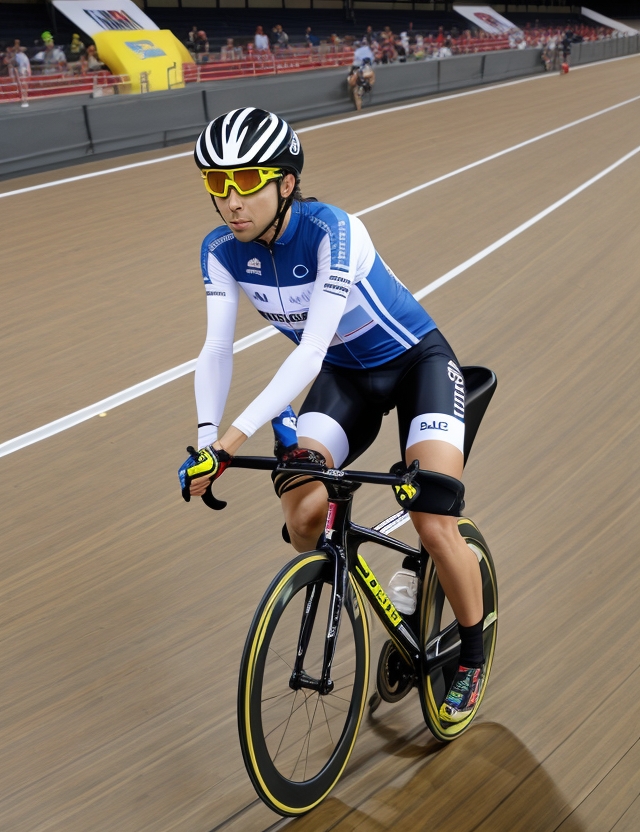
- Banking of Velodrome: Velodromes are designed with steeply banked turns, allowing cyclists to use centrifugal force to maintain speed through corners. By following the racing line and utilizing the banking of the track, cyclists can navigate turns efficiently and minimize the need for braking.
- Track Stand: In situations where cyclists need to come to a complete stop, such as during a race start or while waiting for an event to begin, they may perform a track stand. This technique involves balancing the bike while stationary, using subtle movements and adjustments to maintain equilibrium without touching the ground.
- Safety Barriers: Velodromes are equipped with safety barriers around the perimeter of the track to provide protection in case of accidents. While not a method of stopping per se, these barriers serve as a safety measure to prevent riders from leaving the track and coming to an abrupt halt.
Do Olympic bikes have brakes in 2024?
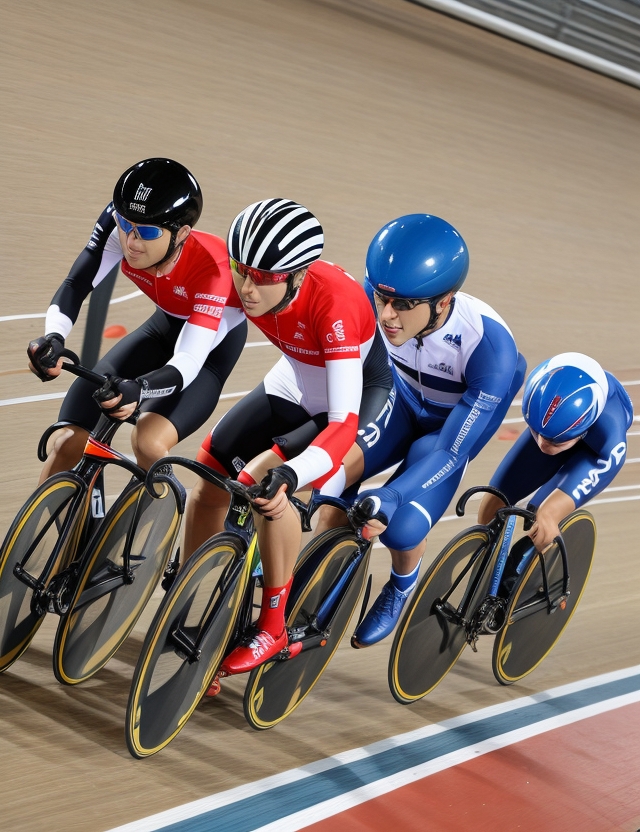
No, Olympic track bikes in 2024 typically do not have brakes,
The reason Olympic track bikes in 2024 typically do not have brakes is to maintain consistency with the rules and traditions of track cycling. Track cycling events take place on velodromes with banked tracks, and the absence of brakes is a standard practice to ensure safety and fairness in competition. Additionally, the streamlined design of track bikes, without brakes and other components found on road bikes, allows cyclists to maximize their speed and performance on the track.






More Stories
NBA Playoff Recap: Mavericks Eliminate Clippers; Magic Extend Series to Game 7
Revealing the Surprising Literary Inspiration for ‘Anyone But You’,2024
Giannis Antetokounmpo 2024 Net Worth: Bucks Salary for the Season Unveiled